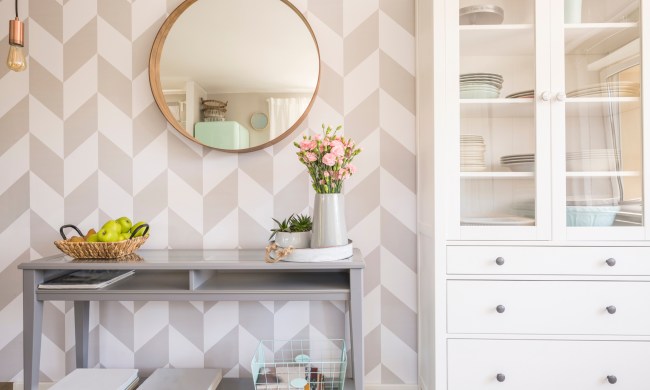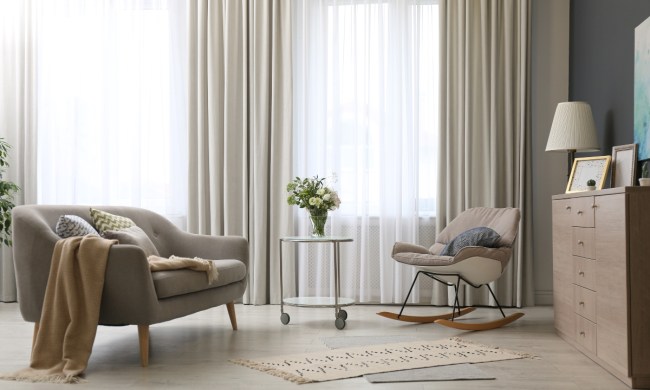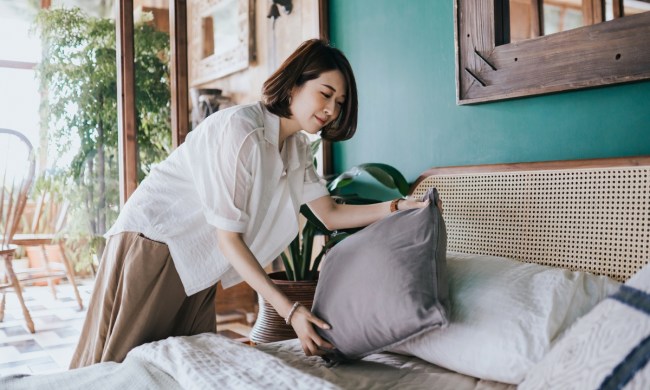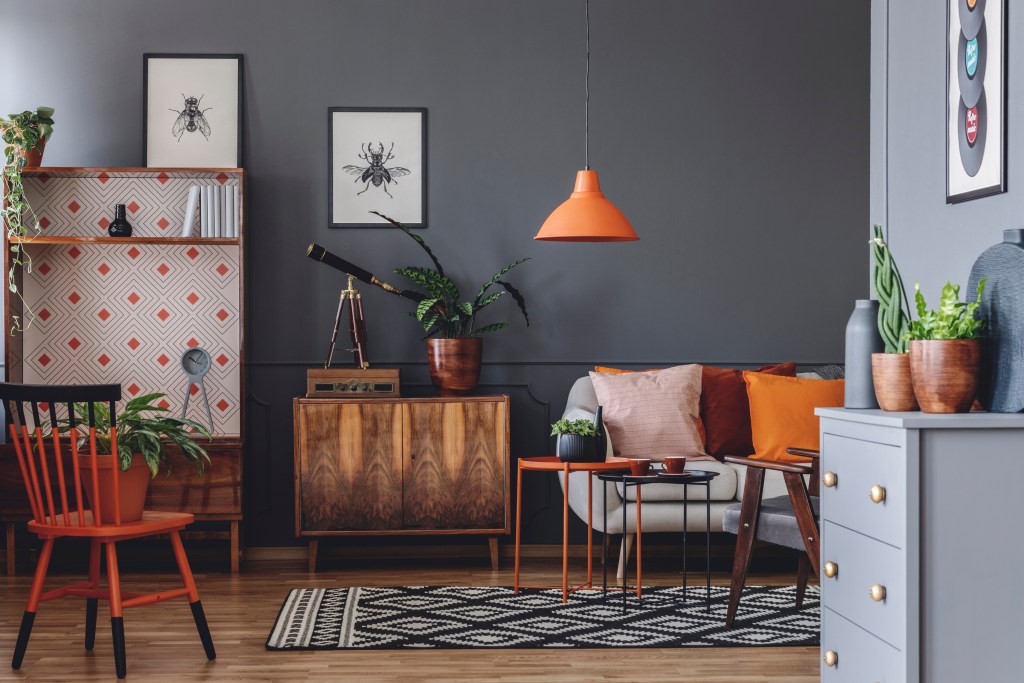
Neutral colors like gray and taupe are always popular options for your home’s interior design. Both are versatile shades that can go with a plethora of other hues, which means you can easily change up the look of your decor with gray walls and a rotating rainbow of accessories like colorful throw pillows. With all the different shades of gray paint available, from matte to glossy, warm to cool, and brownish to blueish, it’s certainly possible to find the one that’s perfect for you and your home.
Of course, you can always have too much of a good thing. While gray can be a sophisticated and elegant shade, too much gray can wash out a room or make it feel dull and dingy or cold and unwelcoming. Think of gray as the neutral backdrop on a canvas that lets your color palette shine, and you can’t go wrong. So, it’s important to incorporate other colors into the decor, whether it be with pieces of furniture, art, or throw blankets — but what colors go with gray? If you’re looking for the best options to brighten up your current decor, keep reading to find out how to accent this elegant tone.
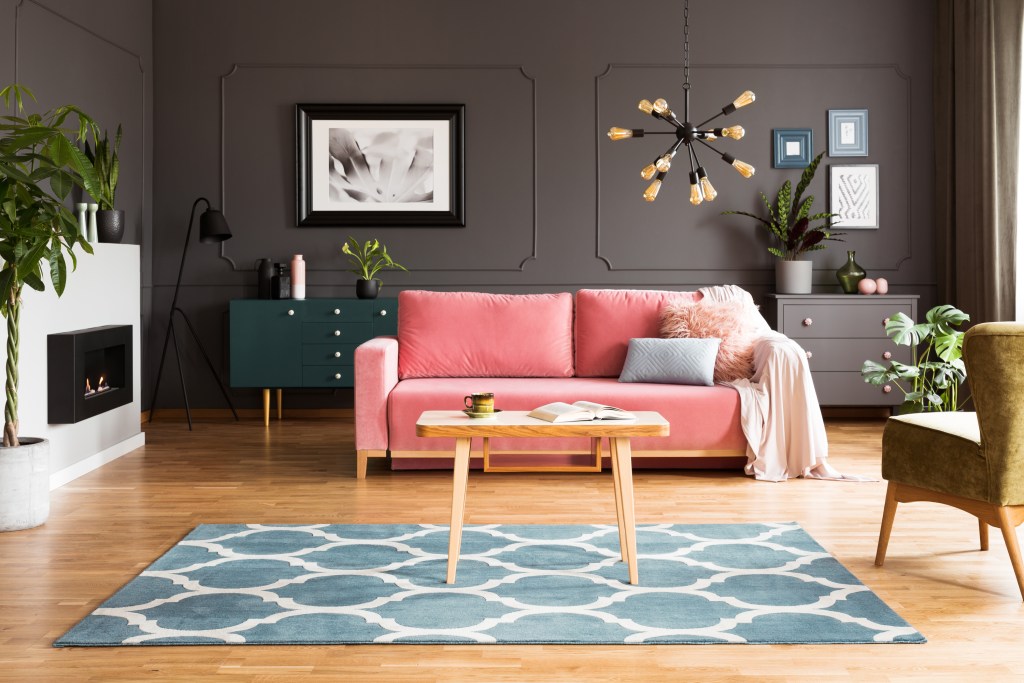
Choose bold colors to complement gray walls
Vibrant furniture may be the answer to brightening up the room if you have gray walls. As a general rule of thumb, it’s a good idea to match your decorations’ color with the undertones of the gray paint. For example, if your light gray walls have blue undertones, a bright yet soft blue sofa will pair well with the walls and add a much-needed pop of color. Warm grays tend to complement colors like orange, yellow, or red, while cooler grays go great with blues, greens, and even purple.
Remember that choosing a brightly colored couch will instantly make the couch the room’s focal point, so be sure this is the effect you’re going for. If you have other statement pieces you’d rather feature, add in accent colors more subtly with wall art or a throw blanket. You can also add color to the room by selecting an area rug or bedspread in your hue of choice. Don’t feel forced to stick to one bright color, either. If you tend to lean toward bold or eccentric styles, add an explosion of color to your space, choosing multiple vibrant colors in the art, decor, and accessories.
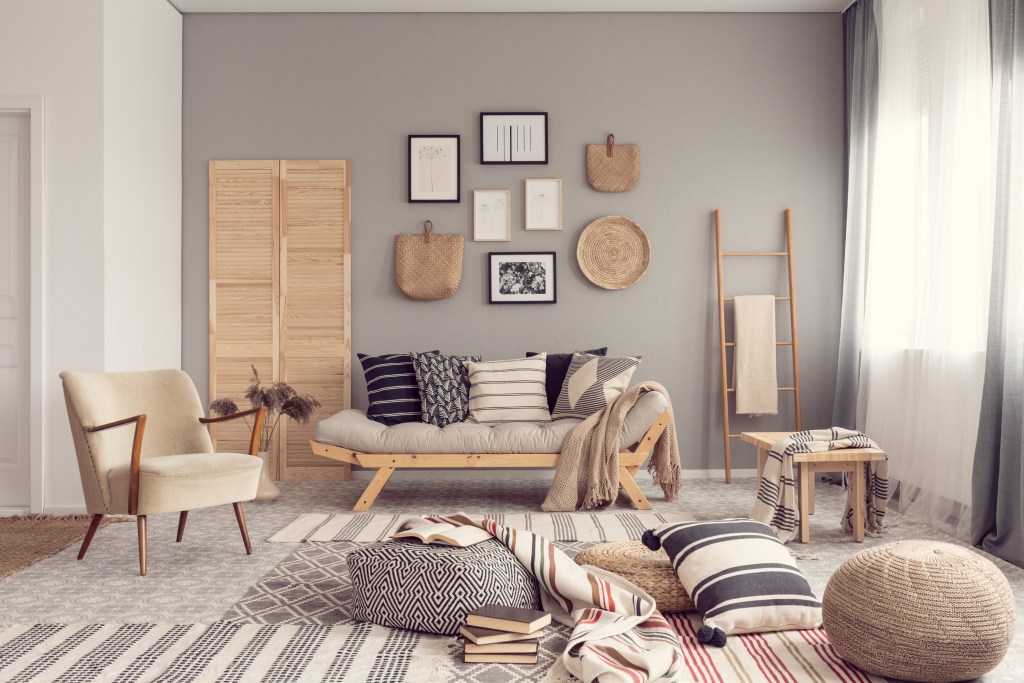
Contrast warm and cold neutrals for a less busy design
Gray is a neutral color, but the most popular shades tend to have cooler undertones. By pairing it with warmer neutrals like beige, cream, and even muted pink, you can keep a sophisticated, calming palette for a rustic design that’s still visually interesting.
To update your room with a contemporary flair, lean into the cool color scheme and pair grays with crisp, clean whites.
Add contrast to the room by breaking up the dark gray walls with bright white light fixtures or beige furniture. While pops of color make for a more interesting design, contrasting deep and bright colors or cool and warm hues can also create a more exciting design scheme.
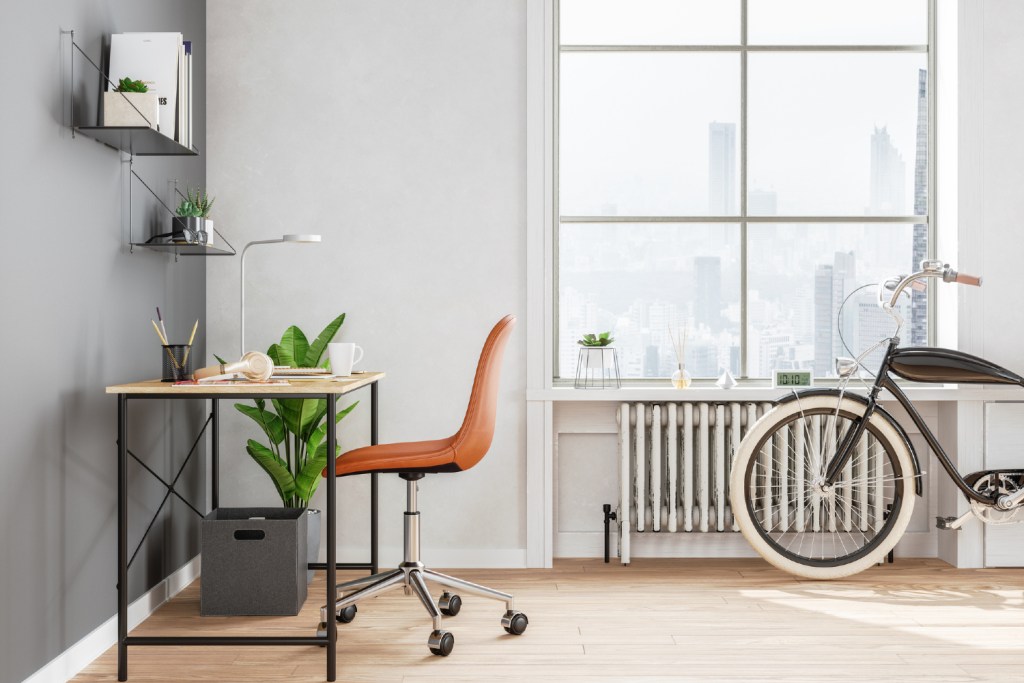
Other gray complementary color options
If you’re looking for some other gray options, you can get creative with your color options and go bold with an accent wall. Keep it neutral and paint one wall a deeper shade of gray than the others, or make a statement and add a pale yellow accent wall to offset the ashy paint around the rest of the room. We also recommend adding different shades of your accent color throughout the space, bringing the color into your furniture, area rugs, art, or throw pillows. For a more luxurious design, paint your bathroom bright white and choose a soft gray vanity and shower curtain.
Whether you are ready to remodel a room or just want to add some excitement to an existing one, gray is a great color option. While many consider this to be a neutral, forgettable color, it can add a touch of subtle luxury to any space. Additionally, grays are so versatile — there are hundreds of shades of gray to choose from, so you can find the right one to pair with your aesthetic.

Dark and moody tones will make lighter grays stand out
A light gray backdrop can be the perfect tone pairing for shades that tend toward the moodier side. Create a dark and sultry color palette with rich, deep tones like black, chocolate brown, deep velvety purple, midnight blue, slate gray, or a rich evergreen. These hues pair beautifully with light gray tones because the gray color acts like a softer and more subtle version of white. Where white can be too stark and cold with these deeper, warmer tones, a simple gray can help elevate a space and round off your design to reflect a moodier atmosphere.
With many palettes leaning into darker, richer colors for a luxe or academic look, it’s a great idea to take advantage of the dark tones trend and invite the colors into your existing gray palette. Browns and off-black shades, in particular, are quite popular and do well with a gray backdrop.
Professional and amateur designers alike often consider neutrals to be background colors that don’t require much planning or thought. This can’t be further from the truth. While neutrals pair well with just about any color, it still takes a discerning eye to choose the right shade to make your design stand out. Long story short, gray isn’t a single color. The various shades and their unique depths and undertones make subtle differences that can transform your home into the oasis of your dreams.

